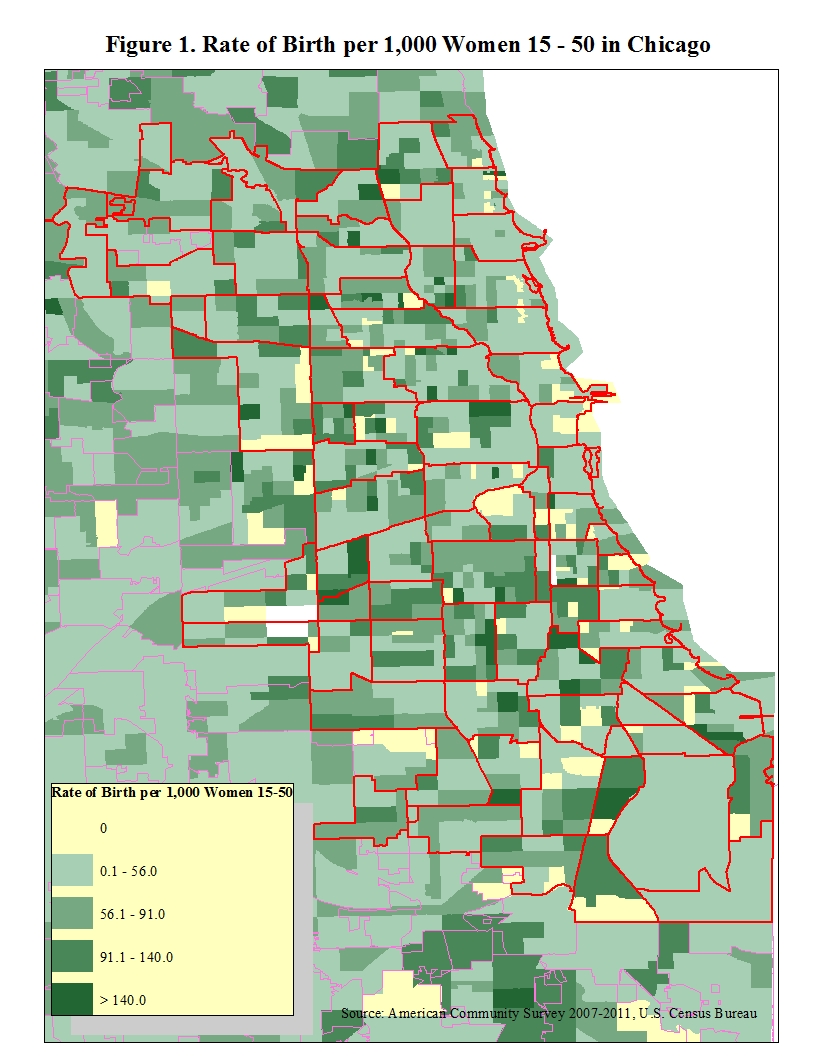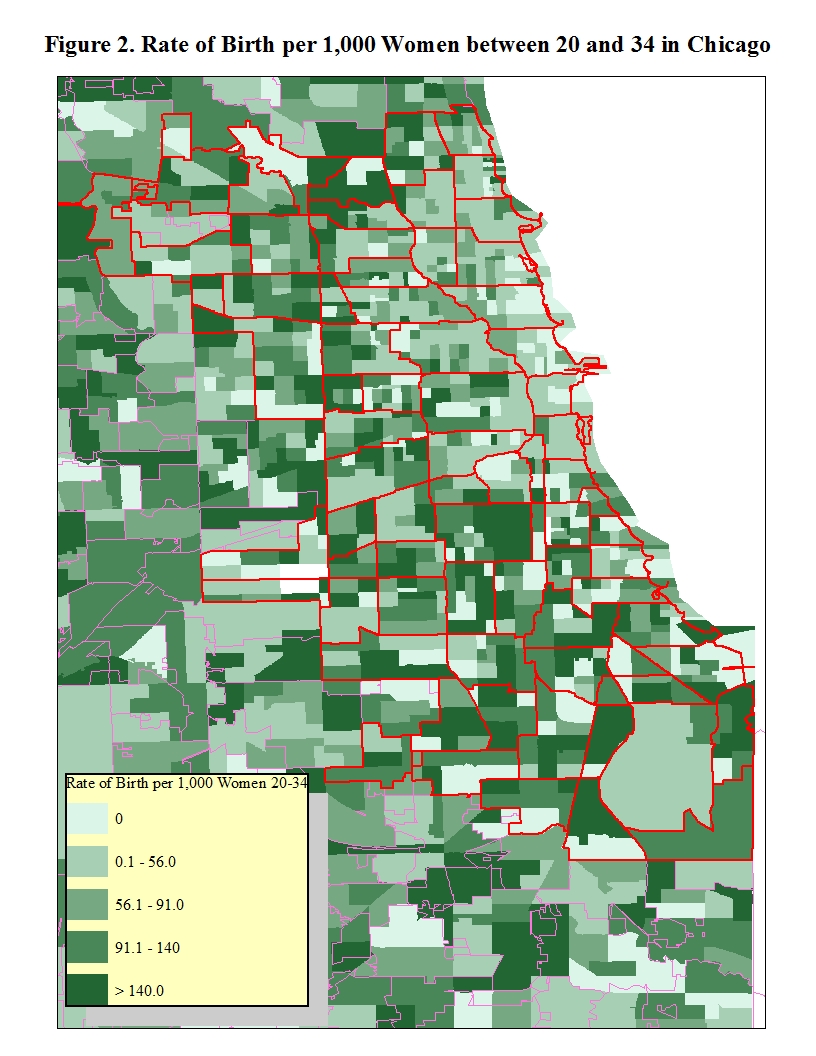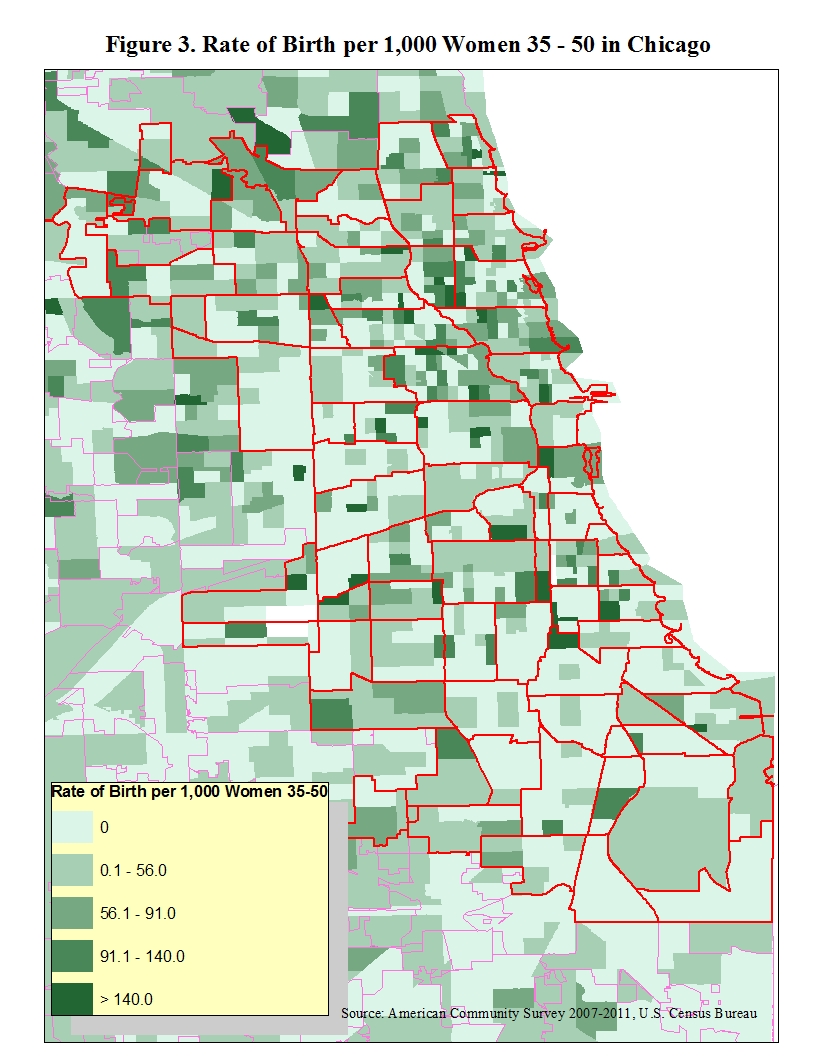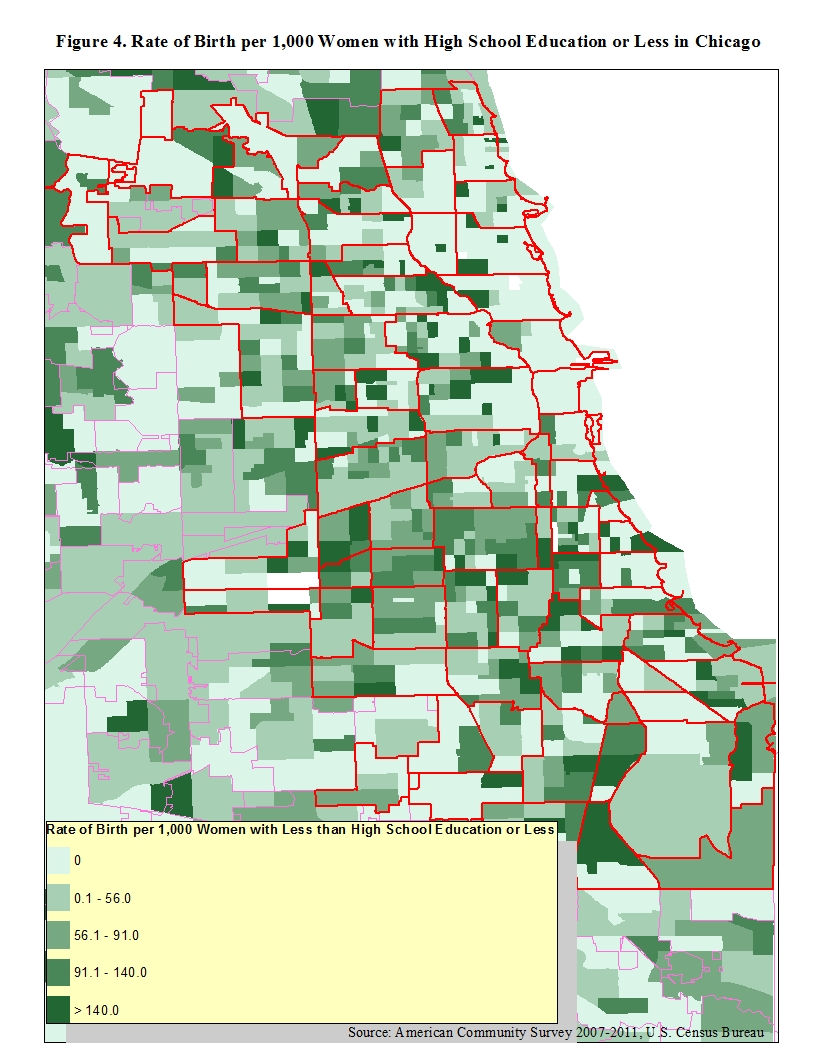By Kiljoong Kim
Ever since the Centers for Disease Control and Prevention released its study on fertility in September, there has been much discussion about American birth rates by the mainstream (and not so mainstream) media.
Depending on one’s political views and preferred media outlets, the interpretation of the results and corresponding opinions vary: While CNN reported that the rate is a record low, the Huffington Post and the New York Times stressed that the rate is stabilizing.
USA Today took the news with characterisic optimism; the Washington Times and WND (formerly World Net Daily) expressed concern about a future of fewer American babies leading to fewer American workers.
In any case, the chief takeaway from the CDC report is that fewer women are having children and the downward trend has been going on for the past several years. This trend includes a substantial decrease in teenage pregnancy and the rise of mothers in their 30s and 40s.
Is this significant? Absolutely.
In Chicago, 55.3 out of every 1,000 women between the ages of 15 and 50 told the American Community Survey between 2007 and 2011 that they had given birth in the previous 12 months.
While women of all ages are generally distributed evenly throughout Chicago’s neighborhoods, there is a definite geographical pattern when it comes to women giving birth.
The data shows a lower birth rate along the lake and a higher birth rate in pockets of neighborhoods such as West Ridge, Hermosa, Archer Heights, Greater Grand Crossing, Pullman, South Chicago and West Englewood.
The data also gives us a glimpse of the young gentrifying crowd having babies in the northern part of the Near West Side, otherwise known as the West Loop, and the northern part of Logan Square.
 (ENLARGE)
(ENLARGE)
*
A more distinct pattern emerges when we isolate the rate of birth among women between the ages of 20 and 34, the most fertile age group (86.5 per 1,000 women in this age group in Chicago) and therefore the most influential group in population change.
Women in this age group living in affluent neighborhoods are less likely to have children than in years past and have lower birth rates than their counterparts in lower socioeconomic areas, creating a large circle of void centered near the North Side by the lake surrounded by higher rates of birth in North Park, Belmont Cragin, the western part of Humboldt Park, West Garfield Park, South Lawndale, New City, Calumet Heights and the East Side.
 (ENLARGE)
(ENLARGE)
*
Almost a mirror image is formed when we look at birth rates by older (35-50) women in affluent North Side neighborhoods along the lake. The most obvious explanation for this is the postponement of having children among mostly young professional women.
 (ENLARGE)
(ENLARGE)
*
When we sort by education, we see similar mirrored images.
 (ENLARGE)
(ENLARGE)
 (ENLARGE)
(ENLARGE)
*
This is consistent with the national trend; as the educational level of women and subsequent participation of in the workforce increases, the average age for having a first child increased from 22.7 in 1980 to over 25 throughout the 2000s.
And, of course, women are not just postponing children, but going childless in record numbers.
The varying rates of birth by socioeconomic status and age are hardly surprising. But the long-term impacts and consequences of this variation are considerable.
For example, affluent parents are more likely to be mobile in order to accommodate the educational needs of their children. Real estate values are heavily influenced by school attendance boundaries in the city and quality of schools is one of the primary motivations for moving to the suburbs.
While these decisions are personal, the aggregate impact is that it becomes incredibly challenging for planners and policy-makers to anticipate and project needs and school enrollment simply based on the number of births. Such a challenge extends to various types of government services from public health to park districts.
Any large fluctuation in population is bound to create a problem: Too many people often leads to a greater degree of inequality, slow economic growth or even famine; too few people creates large economic burdens for individuals.
Many industrialized nations around the world such as Spain, Italy, France and Japan have had problems with low birth rates for decades. China’s one-child only policy has created a large elderly population that doesn’t have enough young workers to support them. In fact, this policy effort to control overpopulation combined with cultural preference for boys in China is leading to the strange specter of importing women from other countries.
Even at a lower rate than in previous decades, it bodes well for the future that the U.S. isn’t experiencing the same problems as other countries. However, if the disparities in births found in Chicago are any indication, the belief and expectation that every new generation will be better off economically than the previous one will be true for fewer and fewer.
Those at the bottom half of income distribution in the U.S. – those having the most babies – seldom escape their economic station.
This means there are a vast number of children being born in the outer ring of Chicago who are likely to remain in the lower reaches of the income ladder. Without greater support in their educational opportunities, updated housing stocks, and more efficient public transit across the entire city, they will be locked into place even as they become more populous – and the affluent less so.
–
Kiljoong Kim is the Beachwood’s sociologist-in-residence. He recently earned his Ph.D at the University of Illinois at Chicago. He welcomes your comments. Read more in the Who We Are archives.
–
1. From Bill Schuele:
I appreciate Dr. Kim’s statistical analysis of birth rates in the Chicago area. One statistic does not necessarily portend the future, but it does add information that with other information makes me think of a future of ladies and lords living in fortified castles surrounded by the restless masses.
Posted on November 25, 2013


